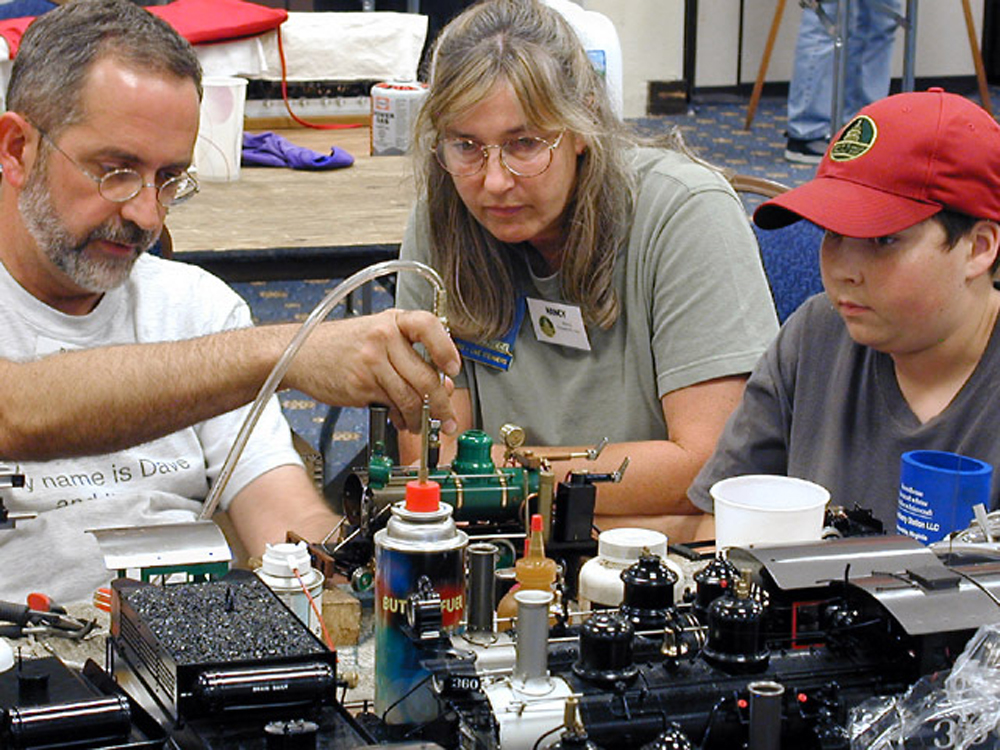
What are some of your favorite parts of the hobby? Community is the best part of this hobby. I’ve been active in three California clubs, and now, in New England, I’m helping out with Massachusetts, New Hampshire, and Maine garden railways. In 2007, after 10 years helping northern Californians build garden railways through my business, […]
Read More…

Preview Garden Railways July and August 2023 content While we may no longer be printing Garden Railways magazine, we’re adding new content to Trains.com every week! Here’s a few recent items, and a preview of what’s coming in the next month. Become a Trains.com member so you don’t miss any of this great content! If […]
Read More…
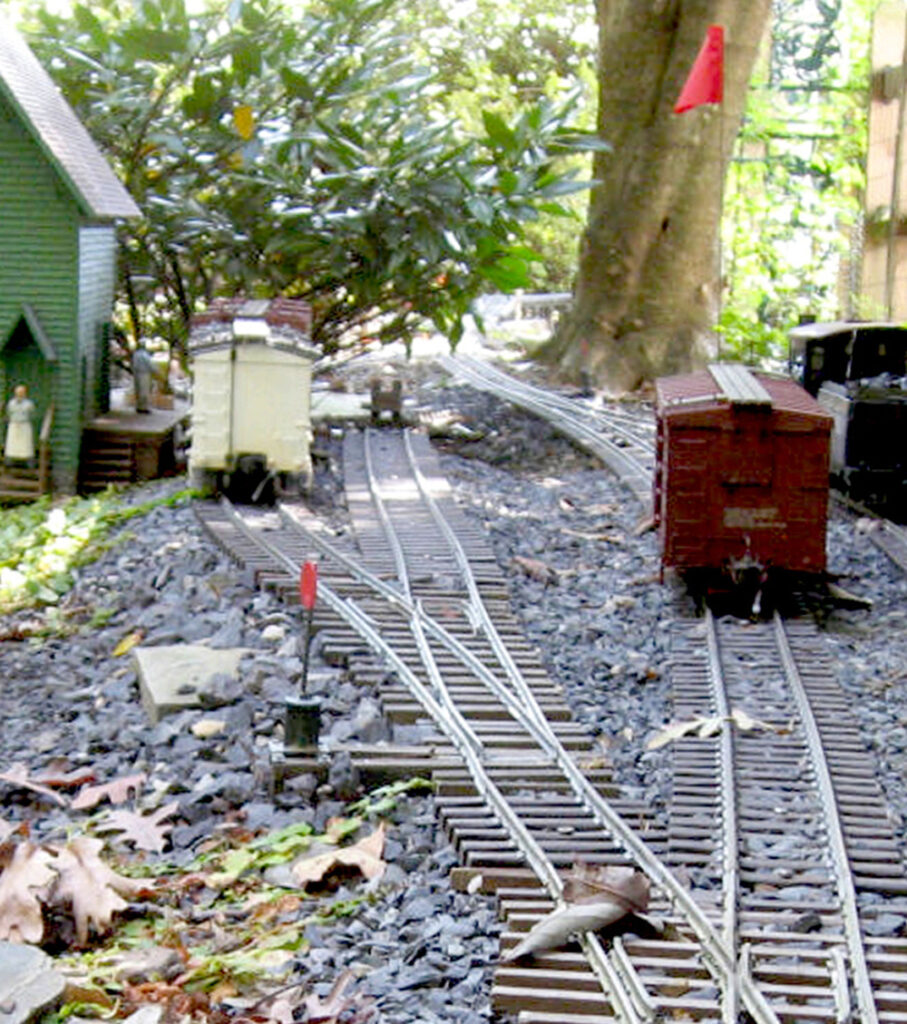
Tips for your right-of-way Easy tunnel liner When building tunnels, making a solid interior structure to maintain the tunnel’s structural integrity may be a challenge to those who may not know where to start. An old mailbox makes a perfect shell for a tunnel—just remove the flag, door, and end, and install it. The size […]
Read More…
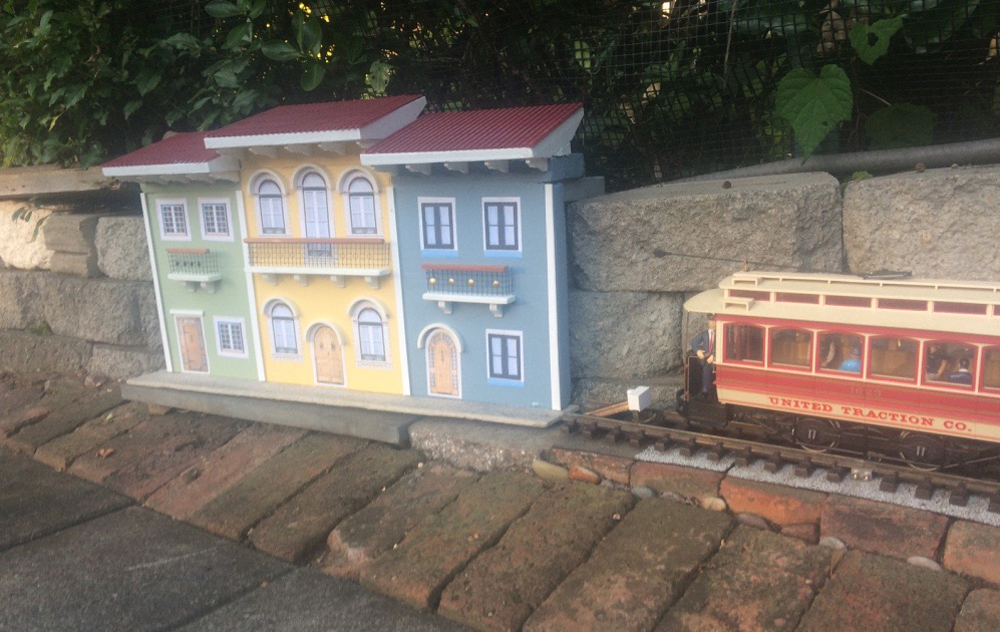
My railroad is located in the last 12 feet at the end of my backyard and occupies an area about 12’ x 43’, with no hope for expansion. Although I’m generally happy with the 120’ of track in a folded dog bone configuration, I’m always looking for ways to add more track without making it […]
Read More…

Preview Garden Railways June and July 2023 content While we may no longer be printing Garden Railways magazine, we’re adding new content to Trains.com every week! Here’s a few recent items, and a preview of what’s coming in the next month. Become a Trains.com member so you don’t miss any of this great content! 7 […]
Read More…
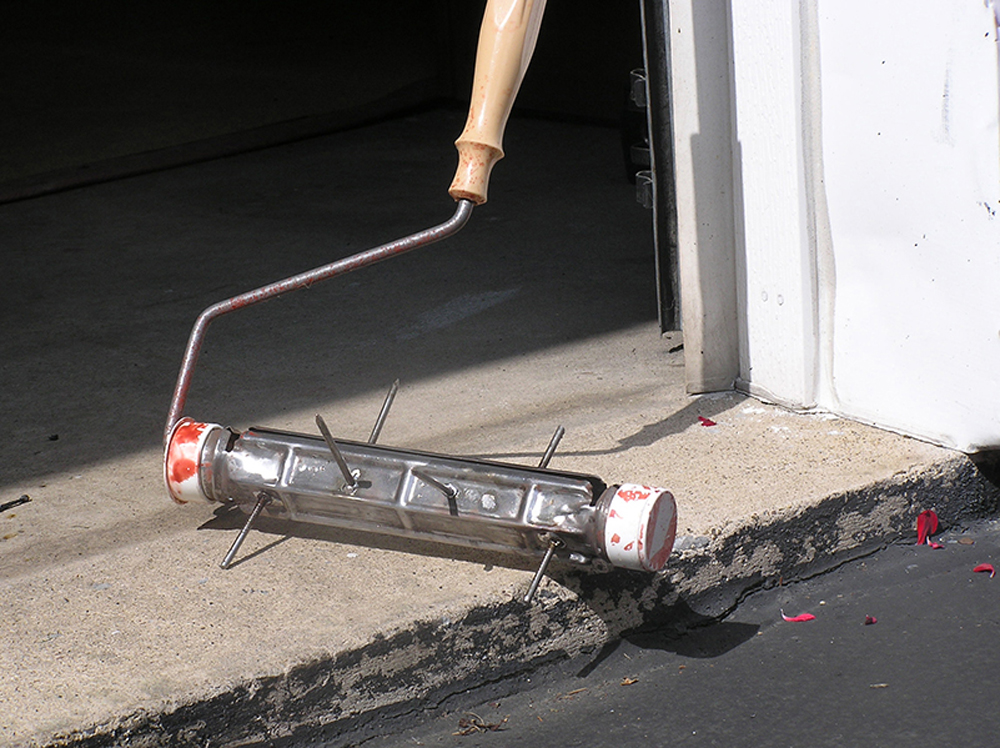
7 tips for your roadbed and right-of-way: Keep your trains rolling with these easy tips. Learn how to store ballast nearby, easily pick up leaves, clear switch points, and more! Piping under the roadbed When we built our garden railroad, we found that we needed to provide water to plants on the far side of […]
Read More…
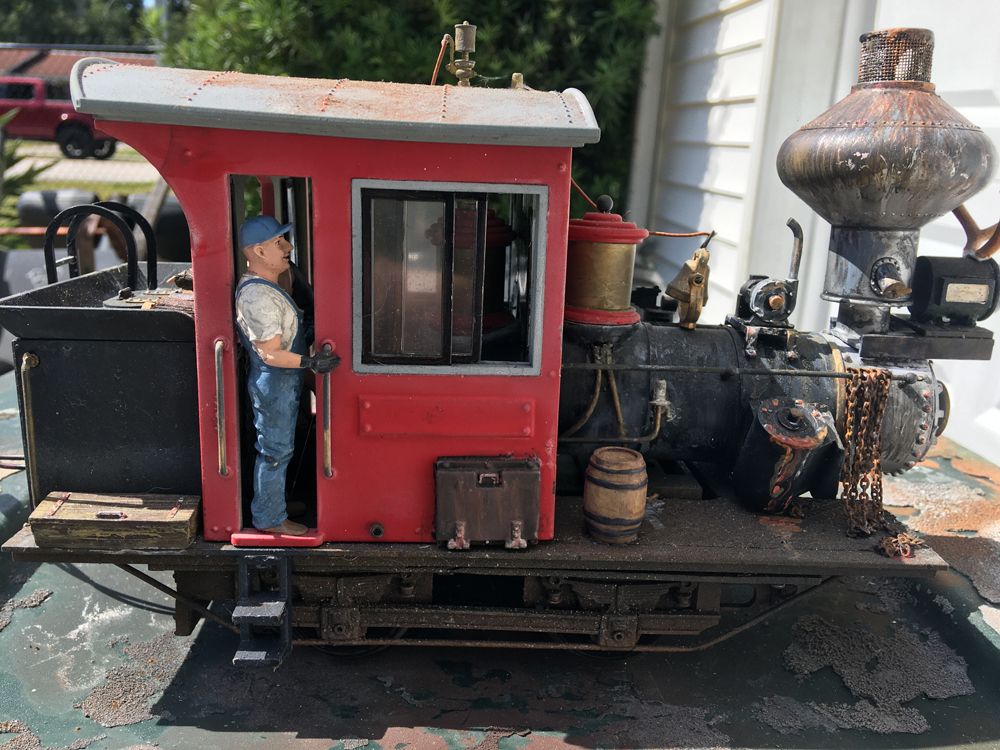
Meet Bill Barnwell In a paragraph, how did you get started in the hobby? I got started in trains at the age of six with a Lionel 027 steam freight set and an oval of track under the Christmas tree. I still remember the smell of electric ozone in the air, laying on the rug at […]
Read More…
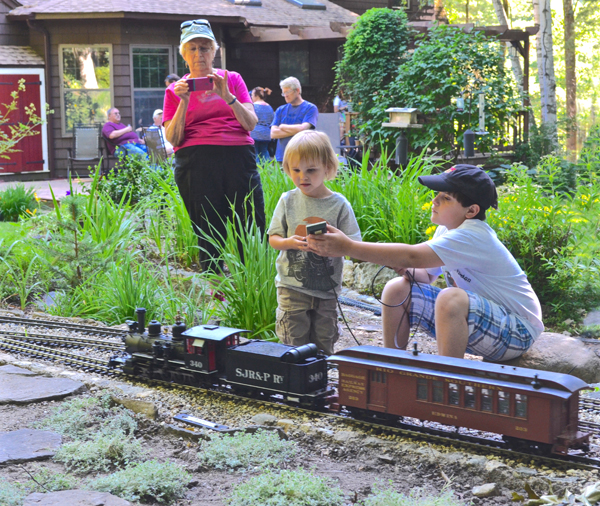
Kid-friendly garden railroading: We all know that garden railroading is a magical hobby, one that we enjoy sharing with other adult enthusiasts. But have you considered inviting a child to share in the fascination? Kids of any age (and adults too) aren’t given to stand by and idly observe a garden railway. Rather, most would […]
Read More…
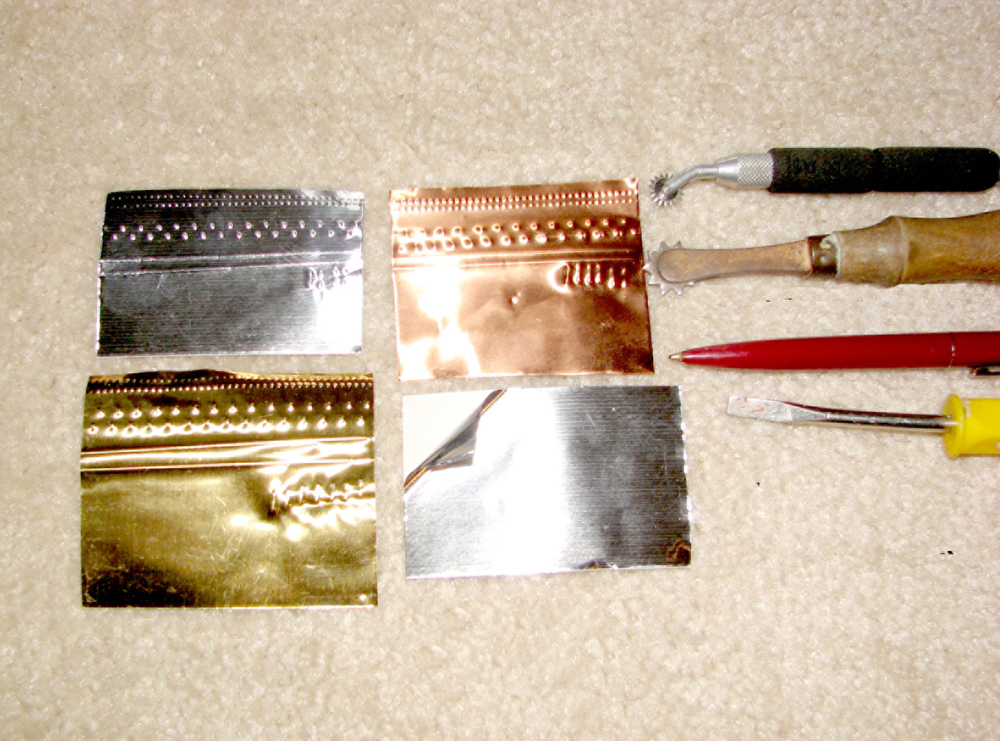
Six tips for better structures Build better stair stringers To build stairs with identical risers and steps, I cut a board, 1 x 2, or 1 x 4, into one wide stringer on my table saw with a dado blade set for 1/2″-wide cuts. You could also lay out the steps on the edge […]
Read More…
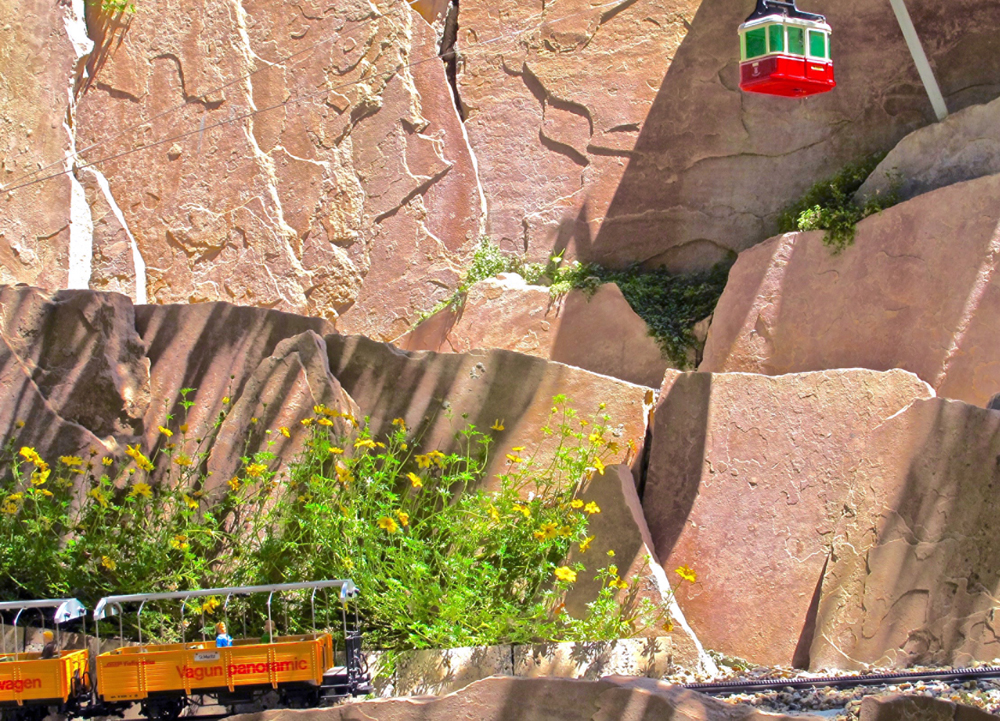
Common name: Dahlberg daisy, golden fleece Latin name: Thymophylla tenuiloba var. tenuiloba, syn. Dyssodia tenuiloba Plant type: Annual USDA Hardiness Zones: n/a Plant size: 6-12″ high and wide Cultural needs: Sunny, well drained, neutral or slightly acidic poor soil Delicate little annuals with lacy foliage and small yellow daisies soften the toughest rocks. Dahlberg daisy […]
Read More…
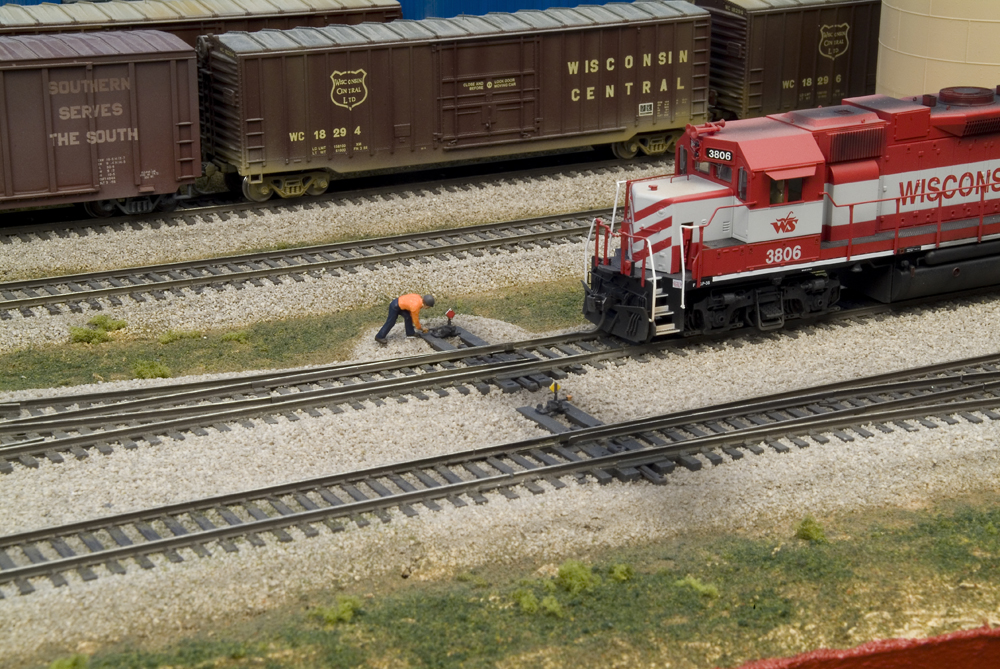
OK, time for a show of hands. How many of you enjoy ballasting? That’s what I expected. Ballasting isn’t an aspect of the hobby most modelers enjoy. However, I’ve ballasted parts or all of several Model Railroader project layouts over the years, and I’ve come to enjoy adding those tiny granules to layouts. When I […]
Read More…
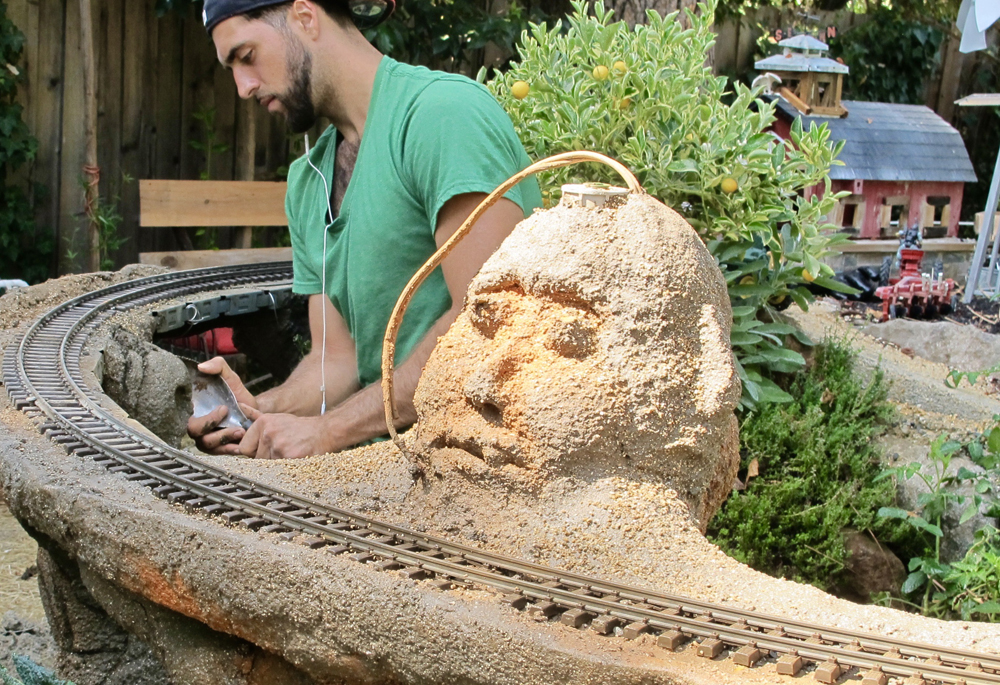
Hypertufa recipe and techniques How have you made structures and walls with hypertufa or similar cement products? Two reports show four different applications for hypertufa. Ray Turner shows a picture of his helix mountain still unpainted for us to study; the final photo shows a magnificently finished set of bridges spanning the cement-product valley backdropped […]
Read More…











